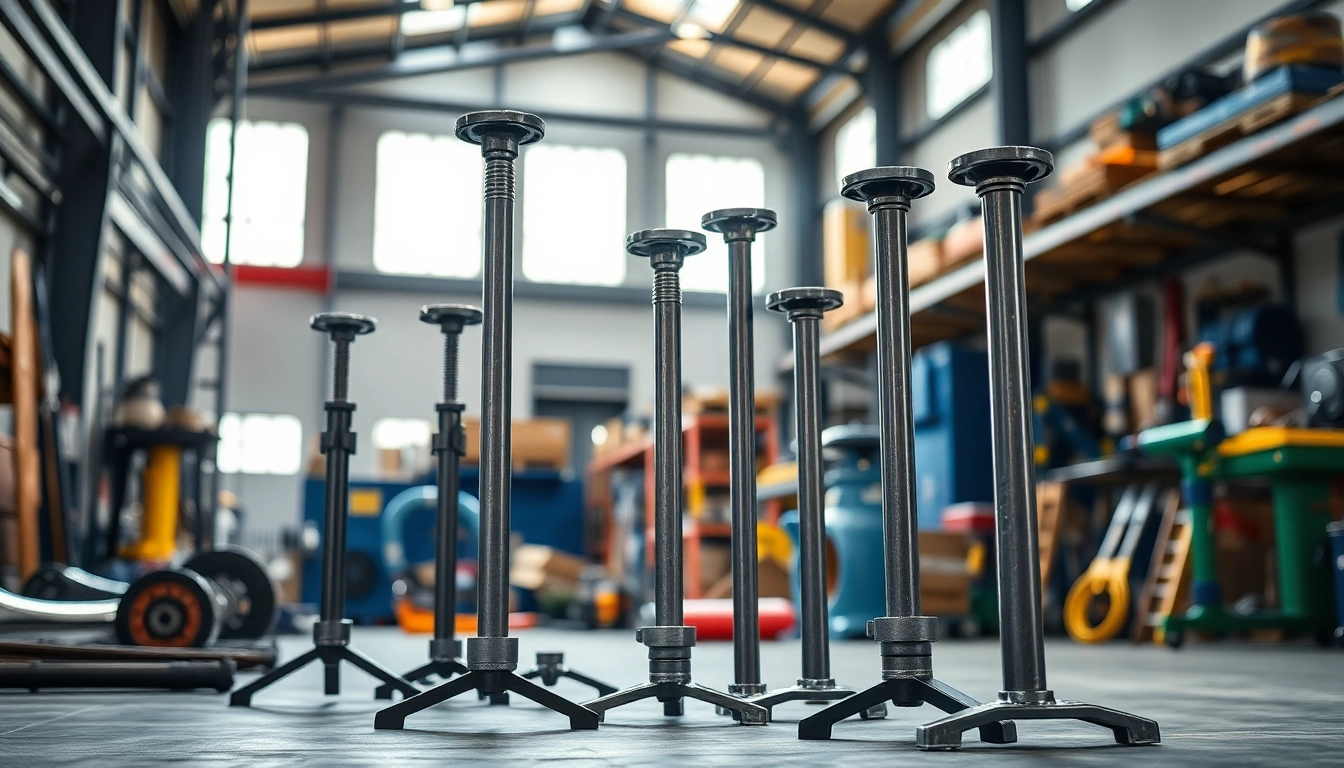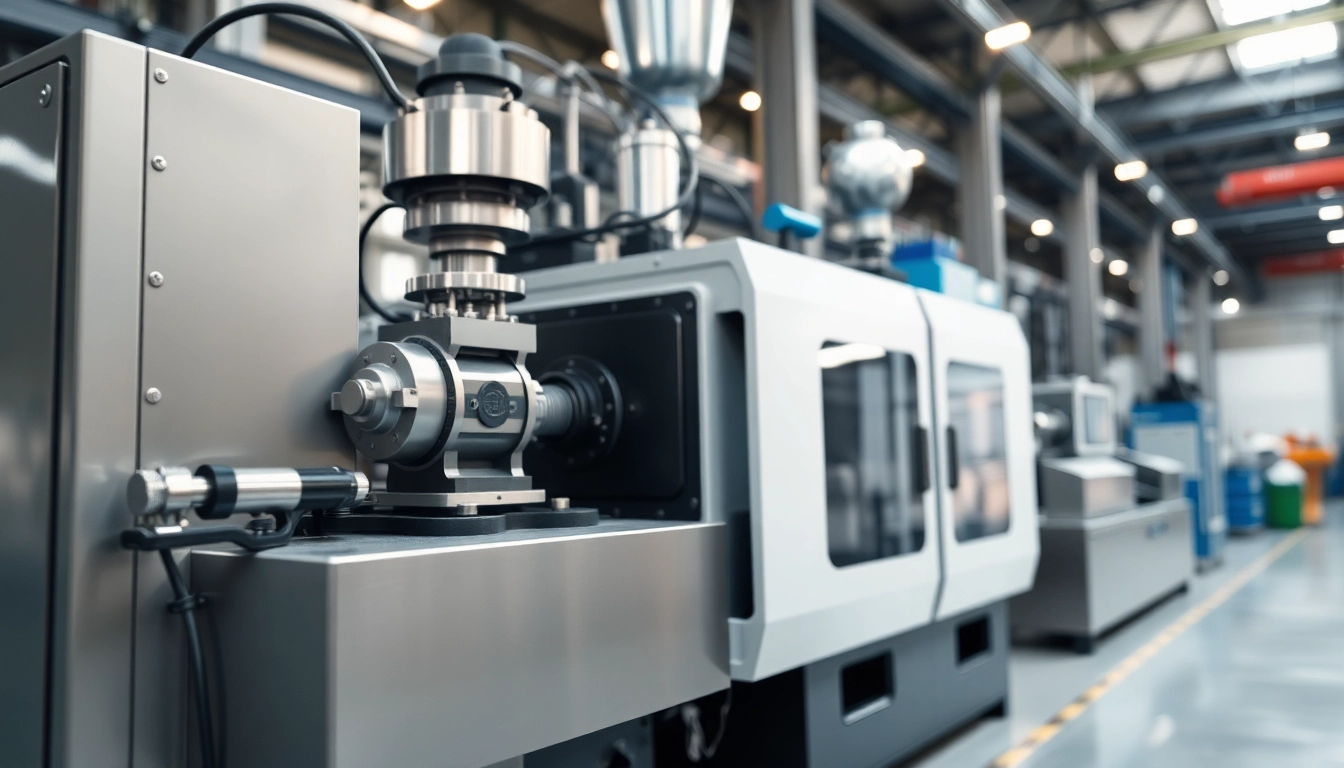Understanding Oxy Gas Welding Kits
What is an Oxy Gas Welding Kit?
An oxy gas welding kit, often referred to as an oxy-acetylene welding kit, is a versatile toolset used in various metalworking applications. These kits utilize a combination of oxygen and acetylene to produce a high-temperature flame that can melt, weld, or cut metal. Oxy gas welding is one of the oldest methods used in the welding industry, popular for its portability and effectiveness in applications ranging from metal fabrication to repair work.
An oxy gas welding kit typically includes a welding torch, fuel tanks, hoses, gauges, and various nozzles, allowing for adjustments in heat and flame size depending on the task at hand. For those interested in acquiring a reliable oxy gas welding kit, you can explore options like the oxy gas welding kit offered by Alpha Weld, known for its quality components and robust performance.
Key Components of an Oxy Gas Welding Kit
Understanding the essential components of an oxy gas welding kit is crucial for both novice and experienced welders. Here are the key elements:
- Welding Torch: The torch is the centerpiece of the kit, mixing oxygen and acetylene to generate a focused flame. It typically features valves for regulating gas flow and tips for controlling the flame pattern.
- Gas Cylinders: The kit includes a cylinder for oxygen and another for acetylene. These are high-pressure tanks designed to safely store the gases until they’re needed for welding.
- Regulators: These devices control the pressure of the gas flowing from the cylinders to the torch, ensuring a consistent flow and safe operation.
- Hoses: Flexible hoses connect the cylinders to the torch and transport the gases. They are color-coded, with red typically indicating acetylene and green indicating oxygen.
- Nozzles: Different nozzles can be used for various welding tasks. They impact the flame characteristics, including temperature and size, allowing the welder to adapt to different types of work.
- Flashback Arrestors: Safety devices are essential in preventing flames from traveling back into the hoses or cylinders, reducing the risk of fire or explosion.
Common Uses and Applications
Oxy gas welding has a wide range of applications due to its versatility:
- Metal Fabrication: Ideal for creating complex welded structures from steel, aluminum, and other metals.
- Repair Work: Used for repairing damaged metal equipment and structures, including vehicles, machinery, and pipelines.
- Heating and Brazing: The torch can also be used for heating metals to facilitate bending or shaping, as well as for brazing, which involves joining two metals with a filler alloy.
- Cutting: The high-temperature flame is excellent for cutting through metals, allowing for precise and clean cuts.
- Artistic Metalworking: Many artists and craftsmen use oxy gas welding for creating sculptures and intricate metal designs.
Benefits of Using Oxy Gas Welding Kits
Versatility for Diverse Projects
One of the standout features of oxy gas welding kits is their versatility. Whether you’re working on large industrial projects or delicate artistic pieces, this gas welding method adapts to various applications. The ability to adjust the flame size and temperature allows welders to undertake tasks ranging from heavy metal fabrication to intricate metal art. Additionally, the kits can be used for both welding and cutting, providing significant value to the user.
Cost-Effectiveness
Oxy gas welding kits are often more affordable than other welding methods, such as MIG or TIG welding. The equipment needed for oxy gas welding can also be less expensive, making it a more accessible option for hobbyists and small businesses. Furthermore, since these kits can be used for a multitude of tasks, users save money by not needing multiple specialized welding tools.
Ease of Use for Beginners
For individuals new to welding, oxy gas welding offers a straightforward learning curve. Many find that the operation of the torch and the regulation of gas flow are intuitive, which allows beginners to produce quality welds with minimal training. As they become more comfortable with the equipment, users can explore advanced techniques, thus enhancing their skills over time.
Choosing the Right Oxy Gas Welding Kit
Factors to Consider Before Purchase
When selecting an oxy gas welding kit, prospective buyers should consider several key factors:
- Intended Use: Determine what types of projects you will be working on (e.g., metal cutting, welding, heating). This will guide your choice in terms of the kit’s specifications.
- Portability: If you require mobility, look for kits that are lightweight and include a carrying case. This is particularly important for professionals who need to transport their equipment frequently.
- Safety Features: Ensure that the kit includes essential safety components like flashback arrestors and high-quality hoses.
- Brand Reputation: Research brands known for their quality and durability, as investing in a reputable product can lead to better performance and longevity.
- Price: While it’s tempting to choose the cheapest option, consider the quality and features offered, and balance your budget against these factors.
Top Brands and Models
Several brands have established themselves as leaders in the oxy gas welding market. Here are a few notable ones:
- Victor: Known for its high-quality torches and comprehensive kits that cater to both beginners and seasoned professionals.
- Harris: Offers a range of oxy-acetylene torch kits that are well-regarded for their performance and durability.
- Lincoln Electric: Provides industrial-grade kits and tools known for their reliability and excellent customer support.
- Unimig: A popular choice for hobbyists and professionals alike, delivering affordable and effective oxy gas welding solutions.
Expert Tips for Selection
To ensure you get the most suitable oxy gas welding kit for your needs, consider the following tips:
- Seek expert opinions and reviews from other welders or professionals in forums and communities.
- Test the equipment in-store, if possible, to gauge its ease of use and comfort.
- Consult with suppliers regarding warranty options and aftercare support for the product.
Safety Precautions for Oxy Gas Welding
Personal Protective Equipment (PPE)
Safety should always be a priority when engaging in oxy gas welding. Essential personal protective equipment includes:
- Welding Goggles: Protect your eyes from bright flames, sparks, and debris. Use goggles with appropriate filter shades based on the welding task.
- Flame-Resistant Clothing: Wear appropriate attire that is non-flammable, such as leather or heavy cotton clothing, to shield your skin from sparks and extreme heat.
- Welding Gloves: Invest in high-quality gloves that protect your hands from heat and cuts. Look for gauntlet-style gloves that offer wrist protection as well.
Handling and Storage Guidelines
Proper handling and storage of oxy gas welding equipment are crucial to ensuring safety:
- Store gas cylinders upright and secured to prevent tipping over.
- Keep cylinders in a well-ventilated area away from heat sources or flammable materials.
- Ensure hoses are in good condition, free from leaks, and stored without kinks that could impede gas flow.
Troubleshooting Common Issues
Being prepared to troubleshoot issues can prevent minor problems from escalating during a welding session:
- Weak Flame: Check if the gas pressure is too low; adjust the regulators accordingly.
- Flashback: Ensure flashback arrestors are working correctly and that the hoses are not kinked or damaged to prevent flames from returning to the gas source.
- Uneven Welding: This may indicate improper torch handling or issues with the gas mix; review your technique and gas settings.
Maintaining Your Oxy Gas Welding Kit
Regular Inspection and Maintenance Tips
Maintaining your oxy gas welding kit prolongs its lifespan and ensures safe operation. Here are key maintenance tasks to remember:
- Inspect hoses and connections regularly for leaks or wear, replacing them as needed.
- Clean the torch and nozzle tips after each use to prevent clogs and ensure optimal performance.
- Test the pressure and function of the regulators periodically to ensure proper gas delivery.
Replacement Parts and Warranty Insights
Like any tool, parts of an oxy gas welding kit may need replacing over time:
- Replacement hoses, nozzles, and regulators should be readily available from suppliers. Keep track of the life expectancies of these parts to avoid unexpected failures.
- Many quality kits come with warranties — always read the terms carefully and register your product if required for service and support.
Best Practices for Longevity
To enhance the longevity of your oxy gas welding kit:
- Store the equipment in a controlled environment, away from moisture and extreme temperatures.
- Practice routine cleaning and inspections to catch problems early.
- Take care when operating and transporting your kit to prevent physical damage.



